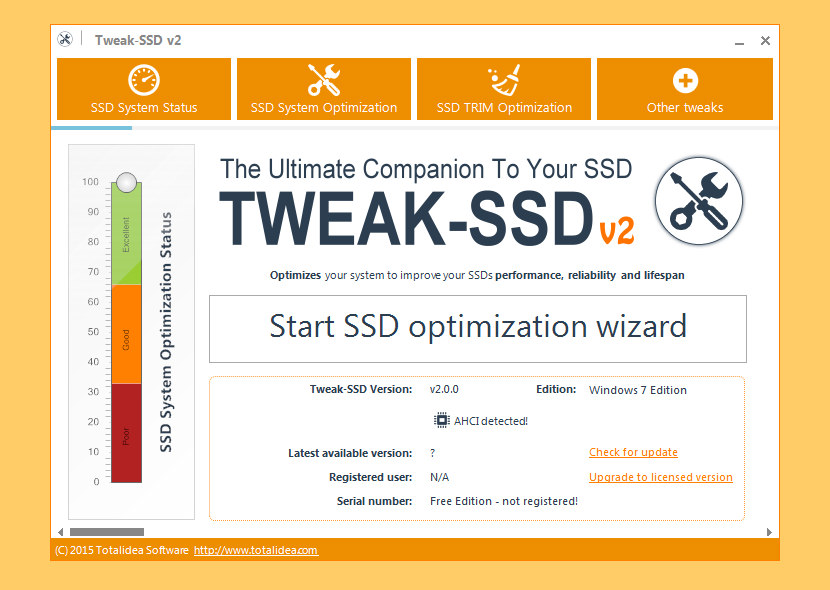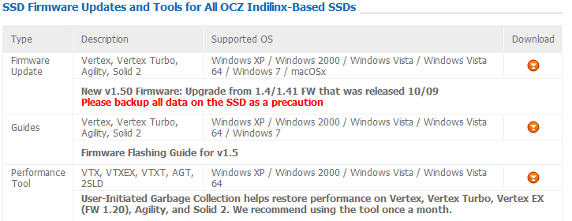


↳ Forum Notices, Questions and Suggestions.FORUM RULES, HOW-TOs and FREQUENTLY ASKED QUESTIONS.So no, if you use EWF, there's no need to use eraser. If you try to write to empty space on your hard drive using eraser, then all those writes are directed to the RAM overlay, therefore a) it does not "clean up" said empty space and b) you run out of memory very quickly leading to a system crash. You need to "commit" these changes manually to preserve them.Ģ. all changes to a partition protected by EWF will be lost after shutdown, since these changes reside in the RAM overlay. There are 2 direct consequences in your use case: 1. It also handles reads so that applications have no idea there's a separate overlay. Writes are redirected to a RAM overlay, so nothing gets actually written to the hard drive. EWF intercepts all attempted reads and writes to the hard drive. The idea of EWF is that you don't write to the hard drive anymore. I have 1.5GB RAM in my X40, but when trying to use Eraser, about 15% through the process RAM usage reaches 90% and the system crashes.ĭo I even need to be trying to use the TRIM feature of Eraser if I'm using EWF? With EWF, virtual memory is eliminated, and only RAM is used. However, I have since installed the enhanced write filter for Windows embedded on my X40, and while the performance increase was tremendous (boot time is now ~45sec, and shut-down even faster, where it could take 10min to start and 5min to shut-down before), Eraser no longer works.

Neil sjthinkpadder, after reading your suggestions about using an older version of Ersaer that can be set to write all "11111", I did just that, and it seemed to work great.


 0 kommentar(er)
0 kommentar(er)
